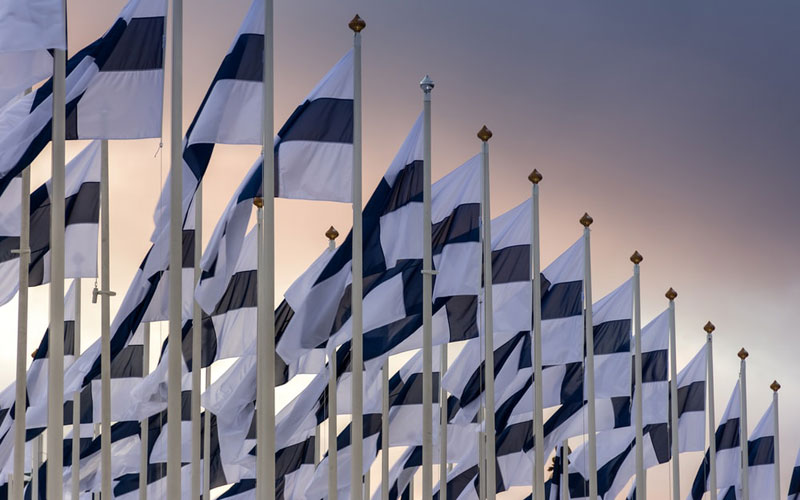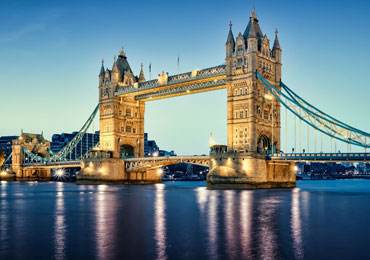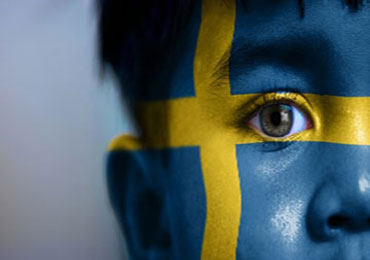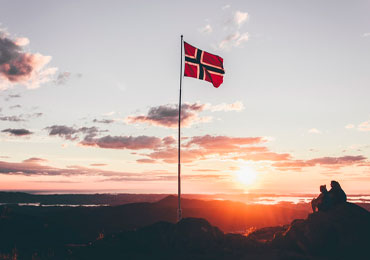The History of Finland

The Republic of Finland is a Nordic country that is situated in Northern Europe, which is also called the happiest country in the world. The famous capital of the country is Helsinki, which has around 300 islands in its archipelago and a 100Km of shoreline. The locals all across the country are really helpful and friendly. Finland is also the world’s sauna capital with over 3.3 million saunas.
It is the eighth-largest country in Europe which is also the most sparsely populated with an area of 338,455 Km2 and a population of over 5,536,146. The country has a long history out of which, we will be covering only the essentials in this piece.
The oldest archeologic site discovered in Finland is a wolf cave which is the only Neanderthal Archeological Site of the Nordic region which is estimated to be as old as 125,000 years old.
It was around 9000 BC that modern-day Finland saw the end of its last ice age and people belonging to Veretje, Kunda, and Butovo first migrated to the area from South and South-East, inhabiting it from the coast of Norway. Evidence of early human settlement is found to be as old as 8900 BC. There were mostly hunters and fishers. The oldest known fishing net to have ever been excavated has also been found from Finland.
Evidence suggests that pottery was present in modern-day Finland as early as 5300 BC which were found to have belonged to Comb Ceramic Culture. During 5th millennium BC, an extensive network of exchange was developed across Finland as well as with north-east Europe. There have been giant stone structures/enclosures found which have been found to date as far back as 3500 – 2000 BC. The purpose of these structures is unknown. The residents of that time have been found to be extensively engaged in trading.
Traces of practicing agriculture and animal husbandry have also been found that were dated back to 2nd millennium BC. Though there are proves of different cultures to have either coexisted or existed individually at different times around 2300 to 1500 BC, the era is characterized by the existence of Kiukainen culture with comb ceramic tradition with cord ceramic characteristics.
It started shortly after 1500 BC, with the coastal region being part of the collective Nordic Bronze culture. The inland regions were introduced to using bronze from eastern and northern Russia.
The iron age began in 500 BC and lasted as late as 1300 AD. These records are more tangible and recorded due to the Swedish invasion, which was a part of 13th century northern crusade. But any local record of the Finnish people of the said era was never found. Though there are several secondary sources such as written letters and descriptions by outsiders and visitors.
As the Roman period begins, it indicates an influx of numerous artefacts that were introduced to the region, such as diapers and wine glass. The Finnish culture not only stabilized during this period but also prospered so much that most of the gold treasures that were excavated have been found to belong to the said era.
This period observed an expansion of the inland cultivation with an increase in the influence of the Germanic cultures in a number of areas of life. This included weaponry, burial customs, and other customs. The iron in this period was still majorly produced domestically.
This was around the middle ages, and Sweden was the main benefactor for the christening of Finland. Though the relation between Finland and Sweden date before the arrival of Christianity, it was in the 11th century (according to most archaeologists) that Christianity actually got some footing in the region. The church was still in its development in Finland by the 12th century.
In the 13th century, bishop Thomas became the first bishop of Finland and united all the Finnish tribes under his rule. The conflicts between the Finnish chieftains had weakened them significantly and it was easier for the church to take hold. Sweden was able to take hold of Finland and had it integrated into the medieval European civilization.
Around 1830, a war broke out in Sweden which also introduced unrest to Finland. The Kalmar Union was enforced by the Queen Margret of Denmark, who united the three Scandinavian countries under her rule. The following 130 years were characterized by different Swedish groups trying to break out of the union in which Finland also participated often.
Towards the end of the 15th century, the situation on the eastern border became increasingly tense and Novgorod was conquered by the principality of Moscow. 1495-1497 represented a war between Sweden and Russia.
The Kalmar union ended in 1521, and Gustav Vasa became the King of Sweden. A number of policies which also effected Finland were reformed, and a Finnish translation of the New Testament was published. In 1550, the current Helsinki was found by Gustav Vasa. At that time, it was just a small fishing village.
With the death of Vasa in 1560, the crown was passed down to his sons. Their action of Swedish expansion resulted in the Livonian war which lasted for 160+ years. Finnish people suffered from paying high taxes and other forms of abuse from the soldiers. This resulted in 1596-97 Cudgel War that was suppressed with sheer force.
A peace treaty signed with Russia in 1595 resulted in moving the border of Finland to be moved roughly where the modern border lies.
The rule of King Gustavus Adolphus (1611-1632) introduced many military reforms and made the Swedish army the best in entire Europe. During that time, Finland observed a lot of prosperity and with the period of 1637–1640 and 1648–1654 under the governorship of Count Per Brahe proving out to be very beneficial. In the following years, Finland’s first university was created in 1640 and the first bible was published in Finland in the year 1642.
Mentionable event of the century includes:
- 1655-1650 northern wars.
- 1696-1699 famine.
The devastating Great Northern War (1700-1721) resulted in conditions worsening for Finland with only 250,000 of the total population remaining. The county kept depopulating with a mere population of 427,000 by 1749. But with peace resuming between Russia and Sweden, the population rapidly started to grow.
Finland was overtaken by Russia during 1808-1809 by Alexander I who was the king of Russia. Most of the rules that were enforced during Swedish occupation still remain in force, but Russia worked to make it a special part of the region and built some famous constructions such as the Helsinki centre.
From 1899, Russia tightened its grip on Finland whereas Finland didn’t participate in WW1 with nationalism having its influence on the region. In 1906, Finland was granted its own parliament with elections held in 1907. On 6 December 1917, Finland was declared an independent nation which was accepted by Russia on 31 December 1917 after power in Russia was seized by the Bolshevik party.
Important events of the time include:
- Helsinki was declared capital in 1812.
- With a fire having destroyed the old capital, Turku, the standing of Helsinki was further emphasized in 1827.
- The Markka gets adopted as the official currency of Finland in 1860.
- Finland declared an equal right to vote for all in 1906.
Finland was bound to pay the Soviet Union heavily in terms of war reparations as the defeated party with loans and aids. This included a lot of industrial raw materials, ships, trains, and others. But this helped Finland to move from being an agricultural country to an industrial country.
An agreement of friendship was signed between Finland and Russia in 1948 which meant, cooperation, mutual assistance, and defending each other against external threats. Finland remained in the Soviet sphere of influence throughout the cold war with the fear of Soviet might guiding its foreign policy. Some of the important events of the time include:
- The Olympic Games were held in Helsinki in 1952.
- Comprehensive school institution of Finland was found in 1968.
After the Soviet Union collapsed, Finland suffered its worst recession due to its loan-based economic growth in the 1980s. This meant majority of the population going unemployed and many companies going bankrupt. The state had little money to sustain itself.
In 1995, Finland Joined EU and became the first country to adopted Euro. It started to observe gradual economic growth in all sectors with the most prominent being the mobile company Nokia. Some of the notable events form thereafter include:
- Finland took 1st place in PICA studies for student literacy in 2000.
- In 2002, the Euro was adopted as a regular cash currency.
- Nokia became a titan in the mobile phone industry and manufacturing about 40% of total global production in 2007.
Finland has undergone its fair share of troubles but with the dexterity and resilience of its people, it now stands as one of the happiest and prospering countries in the world.





